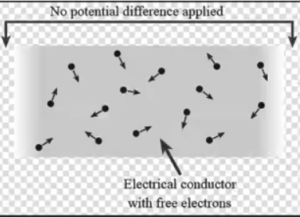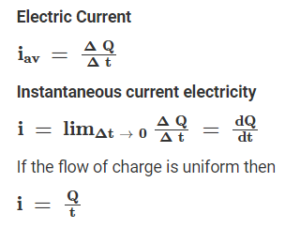Table of Contents
Electric current entered the picture after Alessandro Volta invented the voltaic pile, later known as the Battery. It used chemical reactions to generate an electric potential difference between two different metals, known as Voltaic piles. Current began to flow when two electrodes were connected together. The terminals are another name for these electrodes. Multiple voltaic cells can be linked together by connecting their opposite electrodes with wires. Volt’s discoveries in the field of electricity inspired the name of the unit of electric potential. Michael Faraday made significant contributions to the field of electricity. It encompasses electromagnetism as well as electrochemistry. He then invented the electric dynamo, the first model of the electric generator, making a significant contribution to the field. He invented the Faraday cage or Faraday shield, which blocks the external electric field and is used in a variety of technologies such as ovens, microwaves, and MRI machines. It is once again used to shield electrical equipment from lightning strikes. Electric current is the flow of charge, and the rate of charge flow in a circuit represents the magnitude of the electric current in that circuit. It is commonly represented by the symbol I. If a charge of dq flows through the circuit in time dt, the magnitude of the electric current is I.
The direction of positive charge movement is traditionally thought to be the direction of electric current. It is a scalar quantity with a SI unit of an ampere (A). Electrons, (valence e – s) electrolyte ions, semiconductor electrons and holes, and positive ions or electrons in gases are all current conductor carriers.
Electron charge = 1.6 10–19c
1 ampere = 6.25 1018 electrons per second
Electric current in conductor
The electric charges react to the electric field and feel a force. When no electric field is applied across the conductor, electrons move at random inside the conductor. As a result, the number of electrons moving in any direction is the same as the number of electrons moving in the opposite direction on average. As a result, there will be no net electrical current. When an electric field is applied, electrons respond by experiencing a force and tend to align themselves in the opposite direction of the field. According to the convention, the direction of current flow is taken to be the inverse of the direction of electron flow.

An electric current is defined as the time rate (t) of charge flow (q) through any cross-section. It is a scalar quantity with the SI unit ampere (A). If in time t, charges Q pass through a cross-section, then

FAQs
What is electric current and what are its different types?
Electric current is classified into two types: AC (Alternating Current) and DC (Direct Current). The flow of charged particles is referred to as electrical current. It is analogous to the flow of water molecules in a river. AC and DC are current flow modes in an electrical circuit.
What is the function of electrical current?
A steady flow of electrons constitutes an electrical current. When electrons move from one location to another in a circuit, they transport electrical energy from one location to another, much like marching ants carrying leaves. Electrons, instead of carrying leaves, carry a tiny amount of electric charge.




